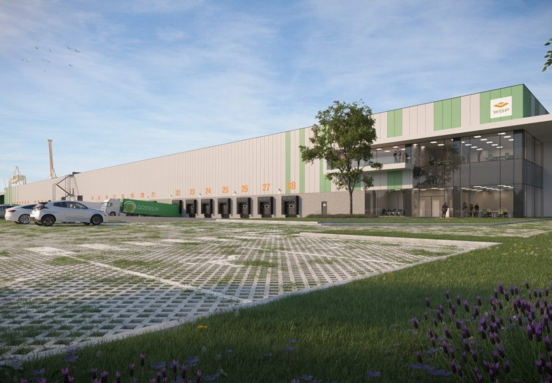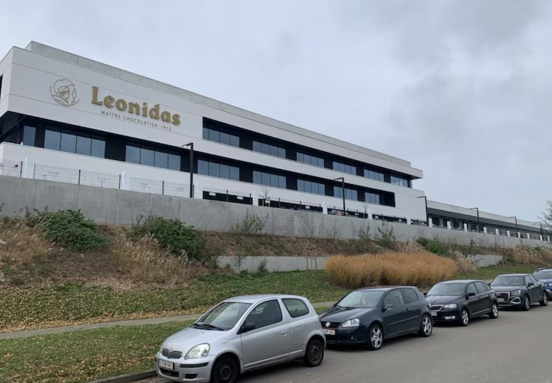Understanding the shifting Belgian logistics real estate landscape
After an exceptional surge during the coronavirus pandemic, the Belgian logistics real estate market is expected to stabilize in 2025. According to JLL's "Belgium Industrial Market Dynamics T3 2025" report, the leased surface area by logistics players has seen a 23% year-on-year decrease. Despite this moderation, Belgium maintains its strong appeal as a vital European distribution platform, offering significant potential for businesses looking to establish or expand their presence.
In the first three quarters of 2025, a total of 264,735 m² of logistics space was leased. While this figure is less than half the five-year average, a period heavily influenced by the pandemic's unique demands, the market continues to facilitate substantial transactions. Recent examples include the Gosselin Group securing 26,000 m² in Genk, KDL International leasing 18,000 m² along the Antwerp-Ghent axis, and VPD Transport acquiring 9,000 m² in Charleroi.
Key drivers of demand for Belgian warehouse space
Demand for industrial and logistics properties in Belgium is diverse and robust. Logistics service providers lead the market, accounting for 50% of the demand. Manufacturers represent 25%, while retailers and the rapidly expanding e-commerce sector make up 19%. This varied demand underscores Belgium's critical role across various supply chains.
Furthermore, the semi-industrial sector is a significant pillar, supporting the overall industrial market. It accounts for two-thirds of the total absorbed surface area, showing a healthy 22% increase compared to last year. This trend highlights the broad spectrum of industrial activity contributing to Belgium's real estate vibrancy.
Leasing dominates amidst market conditions
For businesses considering their options, leasing currently presents the primary avenue for securing logistics space. Due to tighter financing conditions and a somewhat limited supply of available properties, approximately 74% of all transactions are lease agreements. This makes Belgium an ideal market for companies looking for flexible rental solutions for warehouses and industrial facilities without the upfront capital commitment of a purchase.
Regional insights: vacancy rates and rental trends
The Belgian logistics market exhibits clear regional dynamics in terms of availability and pricing. The vacancy rate along the crucial Antwerp-Brussels axis remains exceptionally low, standing at just 2.33%. This indicates high demand and limited immediate availability in this prime corridor, suggesting competitive conditions for new entrants.
Rental prices show variations across different regions. Prime property rents in Brussels have increased by 12%, and in Ghent by 14%, reflecting strong local demand. In contrast, Antwerp and Liège have seen stable rental rates. Modern logistics warehouses in top-tier locations are commanding rents of up to €75 per square meter per year, reflecting the premium for quality and strategic positioning.
Belgium's enduring strategic position in European logistics
JLL's report affirms Belgium's status as a pivotal player in the European logistics network. Its central geographic location, excellent infrastructure, and strong economic ties make it an attractive gateway for continental distribution. Belgium is well-positioned to capitalize on a market recovery once international supply chains further stabilize, offering long-term prospects for businesses investing in or expanding their logistics footprint in the region.
Source: transportmedia.be







